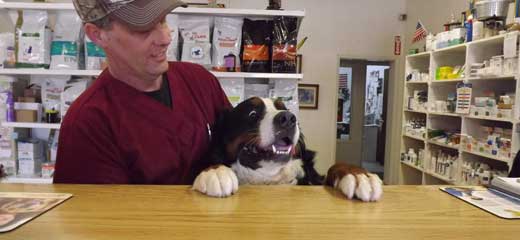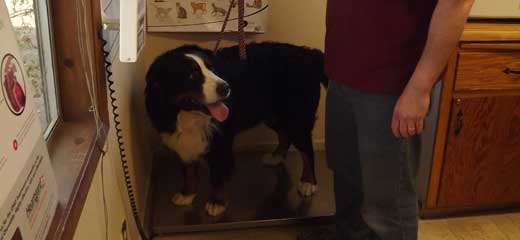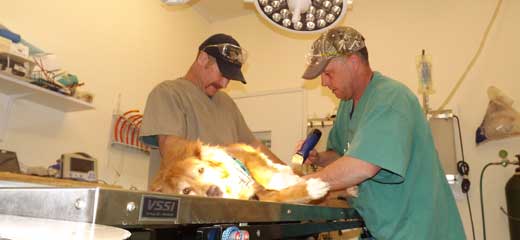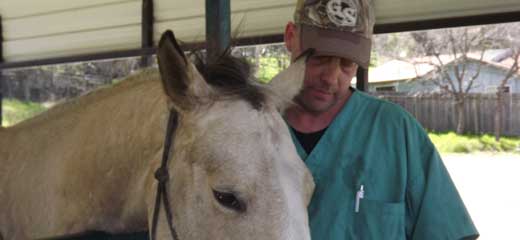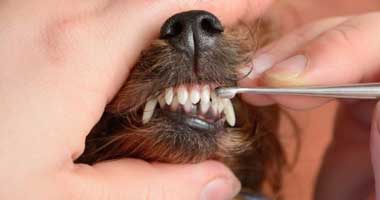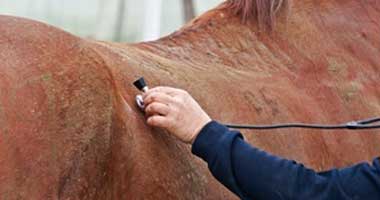Caring for Your Senior Dog
Just as the health care needs for humans change as
they grow older, so too do the health care need for
older pets. With proper care your older pet can stay
an active part of your family. It is important to be
able to distinguish between normal behavior for an
older dog and a possible medical problem that needs
treatment. Because an older dog generally does not
have the same level of stamina as a yonger dog, it
is important to identify and treat problems early.
If your dog at any age is in pain, lethargic, or
obviously "not normal," please consult your
veterinarian.
Arthritis pain is probably one of the most common
problems in the older dog. Thankfully, there are
many medications to ease arthritis pain in dogs.
Maintaining good dental health is particularly
important for older dogs because dental problems can
impact the overall health of the older dog as well
as cause bad breath and bleeding gums. Bad breath
and bleeding gums, as well as tooth loss, can also
be signs of cancers, infections, and metabolic
diseases such as kidney disease and diabetes.
Cataracts can develop in only a few days in a dog
with diabetes.
Other treatable symptoms that might be attributed to
age are sudden blindness, hearing loss, or
staggering. You should not assume that it is due to
the age of the dog because these are also symptoms
of infection, poisoning, cancer, and other diseases
which may be treated and cured.
It is important to keep track of an older dog's
weight and eating habits so that treatment may be
more appropriately tailored to the older dog. It can
also help in detecting the onset of diabetes if the
owner is aware that his older dog is drinking more
than normal.
Your older dog can be kept happy and comfortable
with regular visits to the vet and lots of love.
Tick Removal
When dealing with dog ticks it is good to keep it
simple. The easiest and best way for tick removal is
to remove them with a tick removing tool which looks
like a measuring spoon with a V shaped notch in it.
If one is not available, the next best option is
using tweezers. Grab the tick as close to the skin
as possible so you make sure that you have removed
all the mouthparts. Stay away from home remedies for
removal, like petroleum jelly. Ticks can negatively
affect dog health by transmitting several severe
diseases like Lyme disease which can cause dog
arthritis or Rocky Mountain Spotted Fever.
It is best when removing a tick to put it in an
airtight container and take it to your veterinarian.
Your veterinarian can identify the tick and tell you
if that particular type is capable of transmitting
disease.
If you don’t feel comfortable doing tick removal by
yourself, ask a Vet to do the removal for you. They
remove ticks from dogs often!

